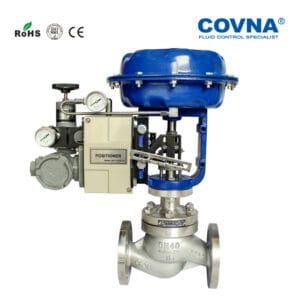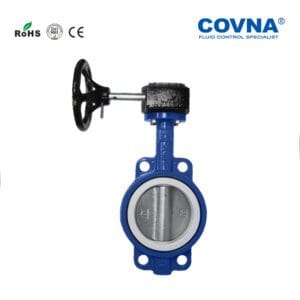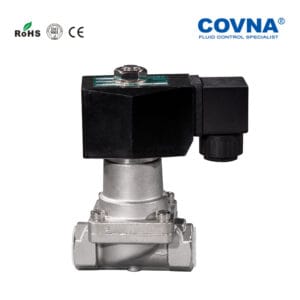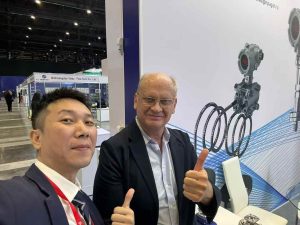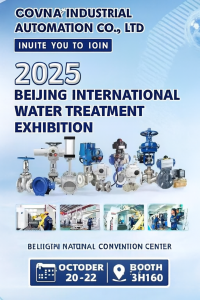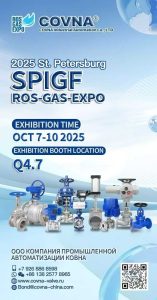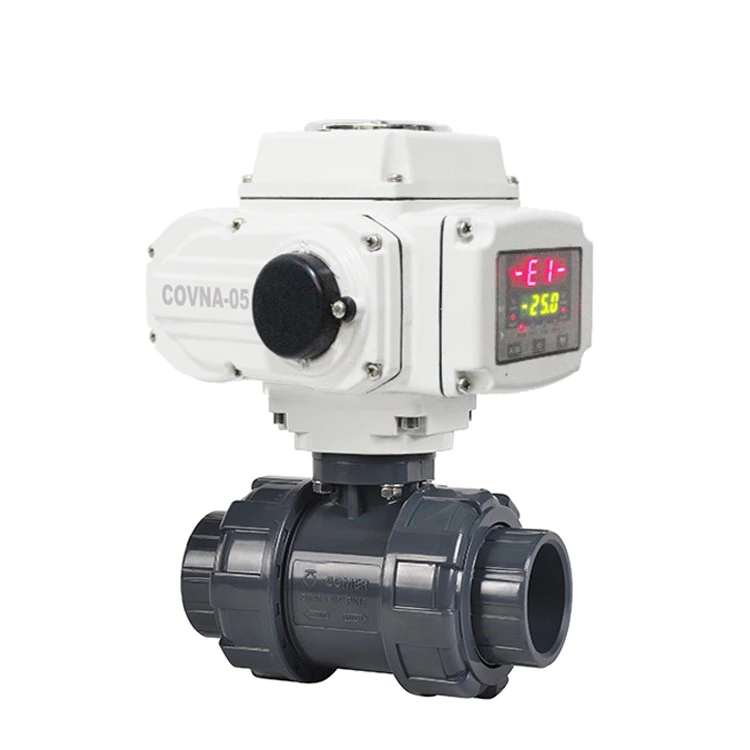
1-Inch Electric Valves: Solenoid, Actuator & Supplier Comparisons
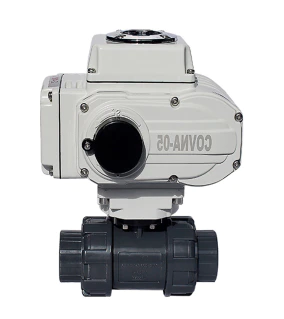
High-pressure, self-cooling, millisecond-response electric valve
Designed for ultra-high-pressure applications up to 1,200 bar, this electric valve combines rapid actuation in under 10 milliseconds with an integrated self-cooling loop. A micro-channel coolant circuit circulates process fluid to dissipate heat generated during high-frequency cycling, preventing thermal drift and seal degradation. Engineers can program microsecond-precision opening profiles via CANopen or EtherCAT, enabling precise pressure regulation in hydraulic presses, gas compression trains, and testing rigs. The self-cooling feature eliminates external chillers, reducing skid complexity and energy consumption while maintaining stable performance under continuous heavy load.
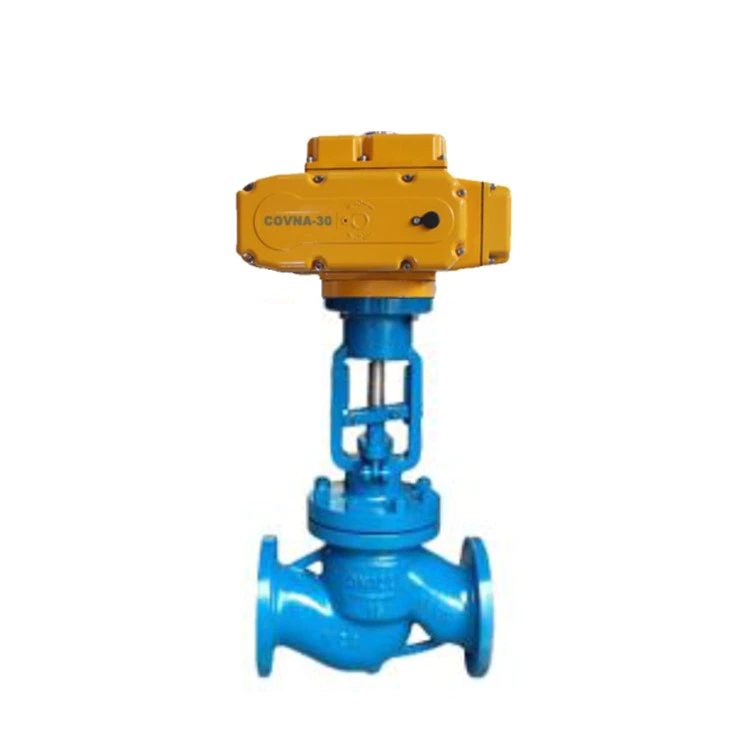
4-way multi-zone irrigation electric valve
This modular electric valve consolidates four independently actuated outlets into a single compact body, reducing manifold piping and installation time. Each zone features programmable flow profiles, water-budget accounting, and cycle-soak capabilities to optimize water use across landscapes, greenhouses, or sports fields. A built-in Ethernet and Wi-Fi gateway supports web-based scheduling, weather-adaptive irrigation adjustments, and API integration with building management systems. Field technicians appreciate its hot-swap actuator cartridges and graphical zone mapping on the touchscreen interface, enabling maintenance or reconfiguration without shutting down the entire system.
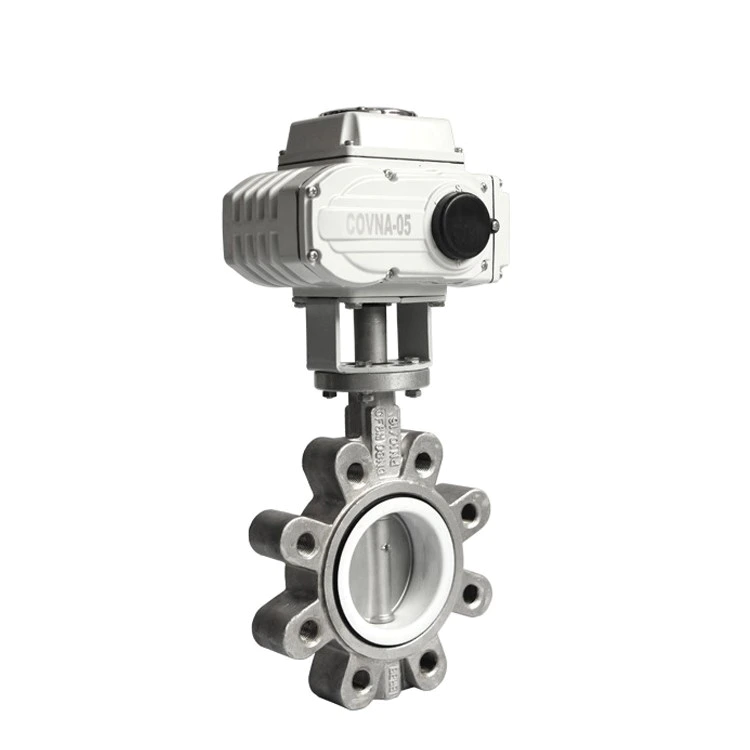
Magnetic-levitation silent electric valve
By suspending the valve rotor on active magnetic bearings, this design eliminates mechanical friction, wear, and the need for lubrication. Operation is virtually silent, with acoustic emissions below 25 dB, making it perfect for noise-sensitive settings like laboratories, OEM medical devices, or cleanrooms. Real-time position sensors and closed-loop control maintain submicron alignment, enabling ultra-smooth valve actuation and repeatable flow profiles. The all-electric actuator requires no pneumatic supply, simplifying system design. Long service intervals and debris-tolerant clearances further enhance reliability in harsh or contamination-controlled environments.
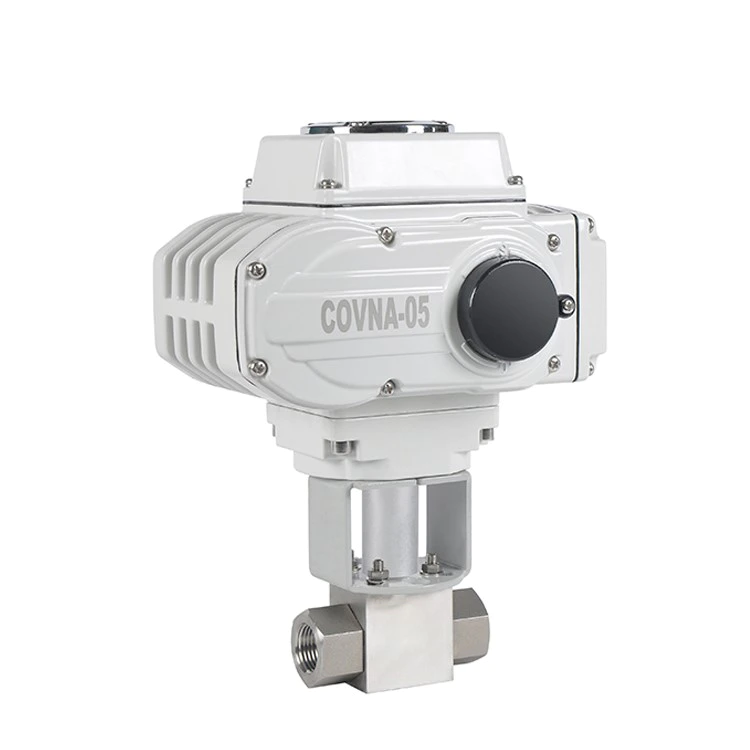
Touchscreen HMI electric valve with diagnostics
This electric valve incorporates a built-in color touchscreen human–machine interface, allowing on-site configuration of flow rates, pressure limits, and actuation timing without external tools. Interactive menus guide technicians through calibration routines, leak tests, and firmware upgrades. Automated diagnostics continuously monitor torque curves, cycle counts, and seal integrity, logging anomalies to onboard memory and optional cloud vaults. Integration with Modbus TCP, EtherNet/IP, and BACnet networks ensures compatibility with building automation or industrial control systems. The intuitive HMI reduces commissioning time, empowers field field staff, and streamlines preventive maintenance workflows.
We Have The Best Solutions for Your Business
COVNA GROUP CO., LTD is a world-leading valve manufacturer which specialized in solenoid valves, pneumatic valves, and electric valves for pipeline fluid control. COVNA originated from German technology, has its own R&D, design, production, sales team, and aims to be the global automation application service provider.
COVNA production range includes solenoid valves, pneumatic valves, electric valves, gate valves, globe valves, butterfly valves, control valves, safety valves, and various special valves. COVNA products are widely used in Water & Waste water treatment, Automation, Petroleum, Chemical, Electric power, Metallurgy, Mining, Paper-making, Pharmaceutical Industries, etc.
COVNA team make a rapid response to customer's requirements, provide professional product selection guidance and reliable valve application solutions.So far, COVNA has achieved ISO 9001 Quality Management System Certification, CE Certification, RoHS Certification.
Why Choose COVNA
Global Expertise
COVNA delivers valve solutions to customers in over 120 countries, combining global market expertise with localized support to meet diverse industry needs and ensure reliable performance worldwide.
Advanced Technology
Backed by German technology, COVNA specializes in solenoid, pneumatic, and electric valves, providing innovative fluid control solutions designed for precision, efficiency, and long-lasting durability.
Strong Manufacturing
With a modern factory, CNC machining, and strict quality testing, COVNA ensures every valve meets international standards, delivering consistent reliability for water, oil, gas, and automation industries.
Trusted Brand
Recognized as a preferred supplier by global partners, COVNA has built long-term trust through consistent product quality, professional technical support, and comprehensive after-sales services.
FREQUENTLY ASKED QUESTION
Do You Have Any Question?
An electric valve is a control element that uses electricity as a power source and opens, closes, or regulates a valve through a built-in motor or actuator. It is typically integrated into automation systems for remote control of the flow, pressure, or temperature of fluids (gas, liquid, steam, etc.).
An electric valve receives control signals from a PLC, DCS, or host computer to drive the motor inside the valve to rotate or the actuator to move linearly, actuating the valve disc or gate, thereby changing the valve opening diameter and achieving flow regulation or rapid shutoff.
The advantages are that they do not require a compressed air system, are easy to install, and are quiet, making them suitable for indoor or airless environments. The disadvantages are that they generally respond slower than pneumatic valves, are more dependent on a power source, and may cause system downtime in the event of a failure.
First, determine the media type, pressure, and temperature range. Then, select the valve body material (stainless steel, cast iron, etc.) and actuator model based on the required diameter, flow characteristics, torque requirements, and operating voltage (e.g., 24 VDC, 220 VAC).
Before installation, ensure that the pipeline is free of impurities and properly supported. Ensure that the valve is in the manual open or closed position. When wiring, connect the power and control circuits strictly according to the wiring diagram, and adjust the limit switches or mechanical travel to the fully open or closed position.

